Aluminium Alloy and aircraft
Welcome to solar city
 Aluminium Alloy
Aluminium Alloy

There are many kinds of Alloys to choose from but often, Aluminium is chosen as it is lightweight (about 2700 kg/m3 density), it is comparatively soft and its process-ability is good. From a machining viewpoint pure aluminium (JIS A1000) greatly differs from Al-Cu alloy (JIS A2000) .
Pure aluminium is easy to bend but it is difficult to process as it is too soft and easily clogs cutting tools. On the other hand, the Al-Cu alloy, such as A2011 or A2017 (called duralumin) is easy to handle and cut with several of the grades having strength similar to that of steel. However, one of the drawbacks of aluminium is that it is difficult to weld, solder and bend.
It is very difficult to distinguish between the pure aluminum, the Al-Cu alloy and etc. When they are cutting with a machine, we may recognize the material.(13Al) is a silvery-white metal with many desirable characteristics. It is light, nontoxic (as the metal), nonmagnetic and nonsparking. It is somewhat decorative. It is easily formed, machined, and cast. Pure aluminium is soft and lacks strength, but alloys with small amounts of copper, magnesium, silicon, manganese, and other elements have very useful properties. Aluminium is an abundant element in the earth's crust, but it is not found free in nature. The Bayer process is used to refine aluminium from bauxite, an aluminium ore.

Pure aluminium has a tensile strength around 50 MPa but this can be increased perhaps ten-fold by alloying plus thermal treatment and/or mechanical working. The major alloying elements are manganese (Mn), magnesium (Mg), copper (Cu), zinc (Zn), and silicon (Si). These attributes of alloying, heat treatment and cold working produce a selection of the most versatile and easily formed materials available to the homebuilder.
When pure aluminum surfaces are exposed to the atmosphere, a thin invisible oxide skin forms, permanently protecting the metal from further oxidation; this resistance to normal atmospheric corrosion also applies to the alloys. However there are other types of corrosion and the alloys' resistance to these depend on the alloying elements; see the section on corrosion below.
There are a number of national systems for designating the many available aluminium alloys but the American Aluminum Association's four digit numbering system is universally recognized. In this system, and except for the near pure 99%+ aluminium, the major alloying element is indicated by the first digit thus:
1nnn Aluminium content greater than 99%
2nnn Copper
3nnn Manganese
4nnn Silicon
5nnn Magnesium
6nnn Magnesium-silicon
7nnn Zinc
8nnn Other
In the 1nnn group the last two digits represent the purity above 99% thus alloy 1030 is 99.30% pure aluminium.
Some aluminium alloys in sheet metal form, are manufactured with an added surface foil of near pure aluminium to provide a sacrificial corrosion resistant surface. For the thin (maybe 0.6 mm/0.025 inch] aluminium sheet used for light aircraft skins the layer is very thin, perhaps 25 micron/0.001 inch; generally the layers form about 10% of the total thickness i.e. 5% on each side and impart a mirror-like finish. Such material is identified as 'Alclad' [a trade name] or 'clad' and a non-clad form may be identified as 'bare'. Some sheets of less corrosion resistant alloys may be clad with a more resistant alloy rather than the near pure aluminium.
--> The following alloys, although far from specific to the aircraft industry, are prominent in light aircraft construction but there are many others and selection is generally a matter of balancing particular needs, availability, strength, weight and cost. Very thin aluminium sheet (perhaps 0.5 mm and below) is easily damaged#151; even by rather light hail. The lower strength materials are probably more readily available, and certainly cheaper when measured in $/kg, but then thicker dimensions will be needed to meet flight loads, thus more weight and more cost.
One square metre of 1.0 mm thick aluminium alloy sheet weighs about 2.7 kg so 0.5 mm sheet would weigh 1.35 kg/m². If an aircraft's wing area is 8 m² then about 16 m² of sheet is used in the skin [top and bottom]. Using an expensive high strength 0.5 mm alloy the skin weight is 21.6 kg; if the builder opted for a weaker less expensive alloy and increased the thickness to 0.8 mm to compensate then there would be a 13 kg weight penalty. Unnecessary additions to airframe weight detract from aircraft performance (range and rate of climb for example) and add to ongoing operating costs associated with the increased fuel consumption; so those factors must also be taken into consideration.
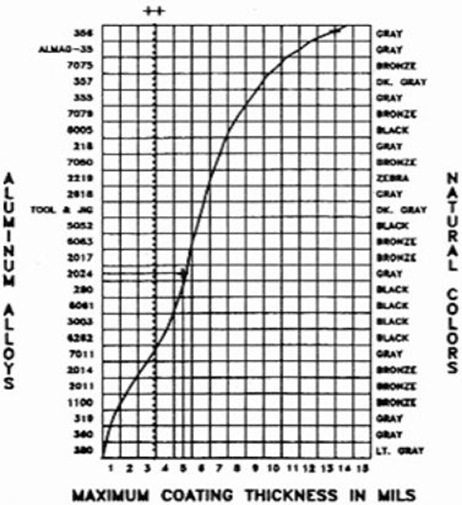
Alloy 2024: an alloy [heat-treatable to high strength] of copper-magnesium-manganese [Cu 4.5%, Mg 1.5%, Mn 0.6% plus a number of other elements] which, many years ago, was introduced to replace 2017 (Duralumin) in aircraft structures and is available in forms including bars, plates, rolled shapes and both bare and alclad sheet. The bare 2024 material has poor corrosion resistance so it is usually purchased in the alclad form, which can be recognised by that mirror-like finish; but slight skin damage will expose the 2024 metal to corrosion. Alloy 2024 is the standard commercial aircraft structural material; it is also used for stock components like (expensive) spring aluminium undercarriage legs.
Alloy 6061: a magnesium-silicon alloy ( Mg 1.0%, Si 0.60%, Cu 0.25%, Cr 0.25%) that develops strength through heat treatment and has good corrosion resistance. A very versatile alloy preferred for shapes such as extrusions, angles and channels for spar caps and longerons, drawn tubes [see following note], bars and skin material. The high silicon content provides good fatigue resistance and the 6061-T6 alloy is easy to work in the home workshop. Though expensive, 6061-T6 is probably the most common alloy used by homebuilders because of the availability of forms and sizes. Alloy 6082 is similar and probably the strongest of the readily available 6000 series alloys. Aluminium can be built into an airframe structure using metal fasteners, welding and even epoxy bonding but simple hand air-gun riveting predominates in all-metal aircraft, so ease of drilling very large numbers of accurate holes in very thin sheets and thicker angles is an important characteristic.
Note: the more expensive drawn tubing generally has higher strength and tighter tolerances than plain extruded or rolled tubing. After extrusion the material is "drawn" through one or more die-and-mandrel stations to strengthen the grain structure and to ensure uniform diameter and wall thickness.
Alloy 7075: a very high strength zinc, copper and magnesium alloy with an exceptional strength/weight ratio, but difficult to work and very difficult to weld, and has poor corrosion resistance unless clad. Mainly used in the aerospace industries in plate, rod and bar forms for high quality machining of parts, but not normally used in home-built aircraft, except perhaps for purchased components such as (very expensive) spring aluminium undercarriage legs for heavier aircraft.
Alloy 3003: a widely used manganese alloy, sometimes used for aircraft skins and for pitot and similar fluid lines because it is readily flared and bent. It is about two-thirds the price of 6061-T6 and half the price of 2024-T3 clad but not heat-treatable and thus weaker.
Alloy 5005: a magnesium based alloy with similar properties to 3003.
Alloy 5052: another magnesium based alloy which is the highest strength alloy of the common non heat-treatable grades and has particularly good resistance to the sea atmosphere and salt water corrosion. It is highly workable, fatigue resistant and finds application in fluid lines, fairings, engine cowlings and similar formed parts.
Heat treatment in manufacture. The 2nnn, 6nnn and 7nnn alloys are heat treatable, that is they develop strength through various thermal treatments during manufacture. The basic heat treatments for these alloys are identified by the designation 'T' plus a number and this temper condition is added to the alloy designation, thus '6061-T6'. Additional numbers may be appended to identify variations on the basic processes. The heat treatable alloys are generally unsuitable for welding,
The term solution heat treatment refers to a thermal hardening process where the material is soaked at fairly high temperatures for a number of hours during which the alloying elements are put into solid solution, i.e. some of the alloying element's atoms replace aluminium atoms within the normal aluminium crystal lattice. Usually the temperature is then rapidly lowered [quenched] which leaves an unstable structure. Aging is the process of allowing the material to rest without load at room temperature while the internal structure stabilizes itself.
When welded the heat-treated alloys lose maybe 30% — 40% of their strength in the weld area, which cannot be recovered in a home workshop environment and must be compensated for in the joint design.
Non heat-treatable alloys: there are different designations for those alloys which have their mechanical properties adjusted by strain hardening [cold working] rather than thermal treatment. Cold working entails such processes as rolling [stretching], compressing or drawing to change the shape of the material. The letter “H” is followed by 2 or more digits, the first indicates the particular method used to obtain the temper as follows:
Thus 5052-H32 indicates the alloy has been strain hardened then stabilized and is quarter hard.
solar city

There are many kinds of Alloys to choose from but often, Aluminium is chosen as it is lightweight (about 2700 kg/m3 density), it is comparatively soft and its process-ability is good. From a machining viewpoint pure aluminium (JIS A1000) greatly differs from Al-Cu alloy (JIS A2000) .
Pure aluminium is easy to bend but it is difficult to process as it is too soft and easily clogs cutting tools. On the other hand, the Al-Cu alloy, such as A2011 or A2017 (called duralumin) is easy to handle and cut with several of the grades having strength similar to that of steel. However, one of the drawbacks of aluminium is that it is difficult to weld, solder and bend.
It is very difficult to distinguish between the pure aluminum, the Al-Cu alloy and etc. When they are cutting with a machine, we may recognize the material.(13Al) is a silvery-white metal with many desirable characteristics. It is light, nontoxic (as the metal), nonmagnetic and nonsparking. It is somewhat decorative. It is easily formed, machined, and cast. Pure aluminium is soft and lacks strength, but alloys with small amounts of copper, magnesium, silicon, manganese, and other elements have very useful properties. Aluminium is an abundant element in the earth's crust, but it is not found free in nature. The Bayer process is used to refine aluminium from bauxite, an aluminium ore.
Pure aluminium has a tensile strength around 50 MPa but this can be increased perhaps ten-fold by alloying plus thermal treatment and/or mechanical working. The major alloying elements are manganese (Mn), magnesium (Mg), copper (Cu), zinc (Zn), and silicon (Si). These attributes of alloying, heat treatment and cold working produce a selection of the most versatile and easily formed materials available to the homebuilder.
When pure aluminum surfaces are exposed to the atmosphere, a thin invisible oxide skin forms, permanently protecting the metal from further oxidation; this resistance to normal atmospheric corrosion also applies to the alloys. However there are other types of corrosion and the alloys' resistance to these depend on the alloying elements; see the section on corrosion below.
There are a number of national systems for designating the many available aluminium alloys but the American Aluminum Association's four digit numbering system is universally recognized. In this system, and except for the near pure 99%+ aluminium, the major alloying element is indicated by the first digit thus:
1nnn Aluminium content greater than 99%
2nnn Copper
3nnn Manganese
4nnn Silicon
5nnn Magnesium
6nnn Magnesium-silicon
7nnn Zinc
8nnn Other
In the 1nnn group the last two digits represent the purity above 99% thus alloy 1030 is 99.30% pure aluminium.
Some aluminium alloys in sheet metal form, are manufactured with an added surface foil of near pure aluminium to provide a sacrificial corrosion resistant surface. For the thin (maybe 0.6 mm/0.025 inch] aluminium sheet used for light aircraft skins the layer is very thin, perhaps 25 micron/0.001 inch; generally the layers form about 10% of the total thickness i.e. 5% on each side and impart a mirror-like finish. Such material is identified as 'Alclad' [a trade name] or 'clad' and a non-clad form may be identified as 'bare'. Some sheets of less corrosion resistant alloys may be clad with a more resistant alloy rather than the near pure aluminium.
--> The following alloys, although far from specific to the aircraft industry, are prominent in light aircraft construction but there are many others and selection is generally a matter of balancing particular needs, availability, strength, weight and cost. Very thin aluminium sheet (perhaps 0.5 mm and below) is easily damaged#151; even by rather light hail. The lower strength materials are probably more readily available, and certainly cheaper when measured in $/kg, but then thicker dimensions will be needed to meet flight loads, thus more weight and more cost.
One square metre of 1.0 mm thick aluminium alloy sheet weighs about 2.7 kg so 0.5 mm sheet would weigh 1.35 kg/m². If an aircraft's wing area is 8 m² then about 16 m² of sheet is used in the skin [top and bottom]. Using an expensive high strength 0.5 mm alloy the skin weight is 21.6 kg; if the builder opted for a weaker less expensive alloy and increased the thickness to 0.8 mm to compensate then there would be a 13 kg weight penalty. Unnecessary additions to airframe weight detract from aircraft performance (range and rate of climb for example) and add to ongoing operating costs associated with the increased fuel consumption; so those factors must also be taken into consideration.

Alloy 2024: an alloy [heat-treatable to high strength] of copper-magnesium-manganese [Cu 4.5%, Mg 1.5%, Mn 0.6% plus a number of other elements] which, many years ago, was introduced to replace 2017 (Duralumin) in aircraft structures and is available in forms including bars, plates, rolled shapes and both bare and alclad sheet. The bare 2024 material has poor corrosion resistance so it is usually purchased in the alclad form, which can be recognised by that mirror-like finish; but slight skin damage will expose the 2024 metal to corrosion. Alloy 2024 is the standard commercial aircraft structural material; it is also used for stock components like (expensive) spring aluminium undercarriage legs.
Alloy 6061: a magnesium-silicon alloy ( Mg 1.0%, Si 0.60%, Cu 0.25%, Cr 0.25%) that develops strength through heat treatment and has good corrosion resistance. A very versatile alloy preferred for shapes such as extrusions, angles and channels for spar caps and longerons, drawn tubes [see following note], bars and skin material. The high silicon content provides good fatigue resistance and the 6061-T6 alloy is easy to work in the home workshop. Though expensive, 6061-T6 is probably the most common alloy used by homebuilders because of the availability of forms and sizes. Alloy 6082 is similar and probably the strongest of the readily available 6000 series alloys. Aluminium can be built into an airframe structure using metal fasteners, welding and even epoxy bonding but simple hand air-gun riveting predominates in all-metal aircraft, so ease of drilling very large numbers of accurate holes in very thin sheets and thicker angles is an important characteristic.
Note: the more expensive drawn tubing generally has higher strength and tighter tolerances than plain extruded or rolled tubing. After extrusion the material is "drawn" through one or more die-and-mandrel stations to strengthen the grain structure and to ensure uniform diameter and wall thickness.
Alloy 7075: a very high strength zinc, copper and magnesium alloy with an exceptional strength/weight ratio, but difficult to work and very difficult to weld, and has poor corrosion resistance unless clad. Mainly used in the aerospace industries in plate, rod and bar forms for high quality machining of parts, but not normally used in home-built aircraft, except perhaps for purchased components such as (very expensive) spring aluminium undercarriage legs for heavier aircraft.
Alloy 3003: a widely used manganese alloy, sometimes used for aircraft skins and for pitot and similar fluid lines because it is readily flared and bent. It is about two-thirds the price of 6061-T6 and half the price of 2024-T3 clad but not heat-treatable and thus weaker.
Alloy 5005: a magnesium based alloy with similar properties to 3003.
Alloy 5052: another magnesium based alloy which is the highest strength alloy of the common non heat-treatable grades and has particularly good resistance to the sea atmosphere and salt water corrosion. It is highly workable, fatigue resistant and finds application in fluid lines, fairings, engine cowlings and similar formed parts.
The term solution heat treatment refers to a thermal hardening process where the material is soaked at fairly high temperatures for a number of hours during which the alloying elements are put into solid solution, i.e. some of the alloying element's atoms replace aluminium atoms within the normal aluminium crystal lattice. Usually the temperature is then rapidly lowered [quenched] which leaves an unstable structure. Aging is the process of allowing the material to rest without load at room temperature while the internal structure stabilizes itself.
- T1 — naturally aged to a substantially stable condition. Applies to products for which the rate of cooling from an elevated temperature-shaping process, such as casting or extrusion, is such that their strength is increased by room-temperature aging; rather than artificial aging in a low temperature oven for perhaps 24 hours.
- T2 — annealed (cast products only). Designates a type of annealing treatment used to improve ductility and increase dimensional stability of castings.
- T3 — solution heat-treated and then cold-worked. Applies to products that are cold-worked to improve strength. For example 2024-T3 cold-rolled sheet material.
- T4 — solution heat-treated and naturally aged to a substantially stable condition. The most common form of driven rivet is manufactured from 2117-T4 wire but the riveting process is a cold working or strain hardening process which results in the strength of the driven rivet being equivalent to T3.
- T5 — artificially aged only. Applies to products that are artificially aged after an elevated-temperature rapid-cool fabrication process, such as casting or extrusion.
- T6 — solution heat-treated and then artificially aged by sequential heating to around 175° C. Applies to products that are not cold-worked after solution heat-treatment and are readily available in many forms at affordable prices. For example 6061-T6 bars, rods, angles, tubes and sheet.
- T7 — solution heat-treated and then stabilized.
- T8 — solution heat-treated, cold-worked, and then artificially aged.
- T9 — solution heat-treated, artificially aged, and then cold-worked.
- T10 — artificially aged and then cold-worked.
When welded the heat-treated alloys lose maybe 30% — 40% of their strength in the weld area, which cannot be recovered in a home workshop environment and must be compensated for in the joint design.
Non heat-treatable alloys: there are different designations for those alloys which have their mechanical properties adjusted by strain hardening [cold working] rather than thermal treatment. Cold working entails such processes as rolling [stretching], compressing or drawing to change the shape of the material. The letter “H” is followed by 2 or more digits, the first indicates the particular method used to obtain the temper as follows:
- H1 — strain hardened
- H2 — strain hardened, then partially annealed
- H3 — strain hardened, then stabilized.
- 2 — quarter hard
- 4 — half hard
- 6 — three quarter hard
- 8 — full hard
- 9 — extra hard.
Thus 5052-H32 indicates the alloy has been strain hardened then stabilized and is quarter hard.
solar city

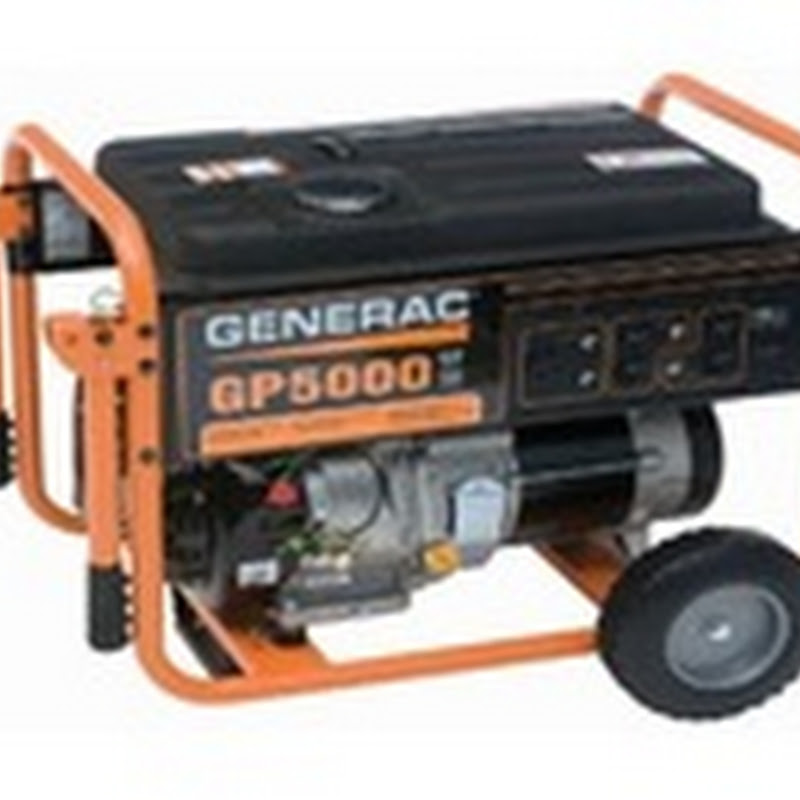
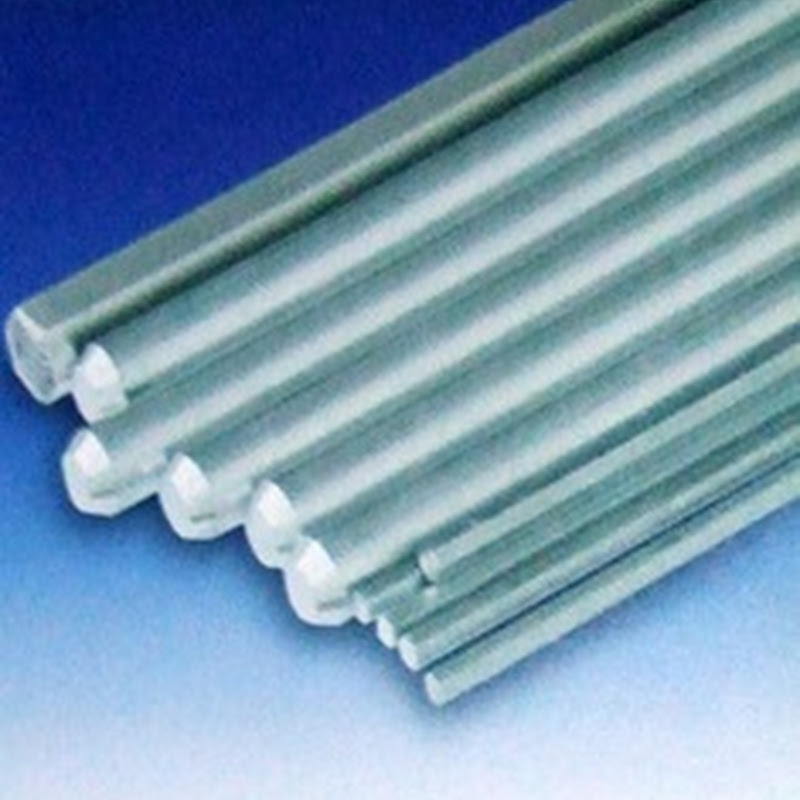

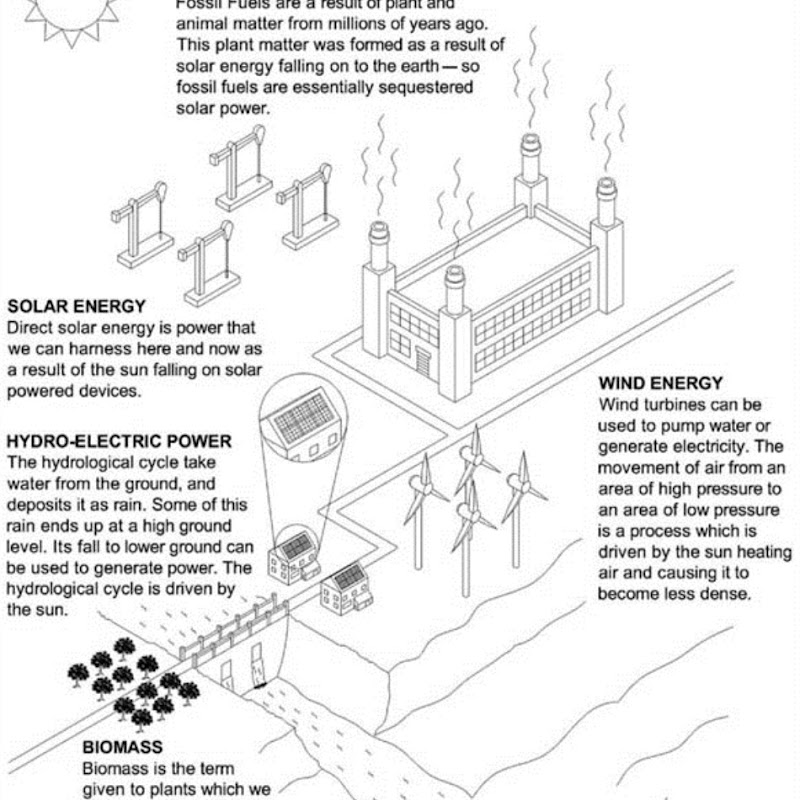

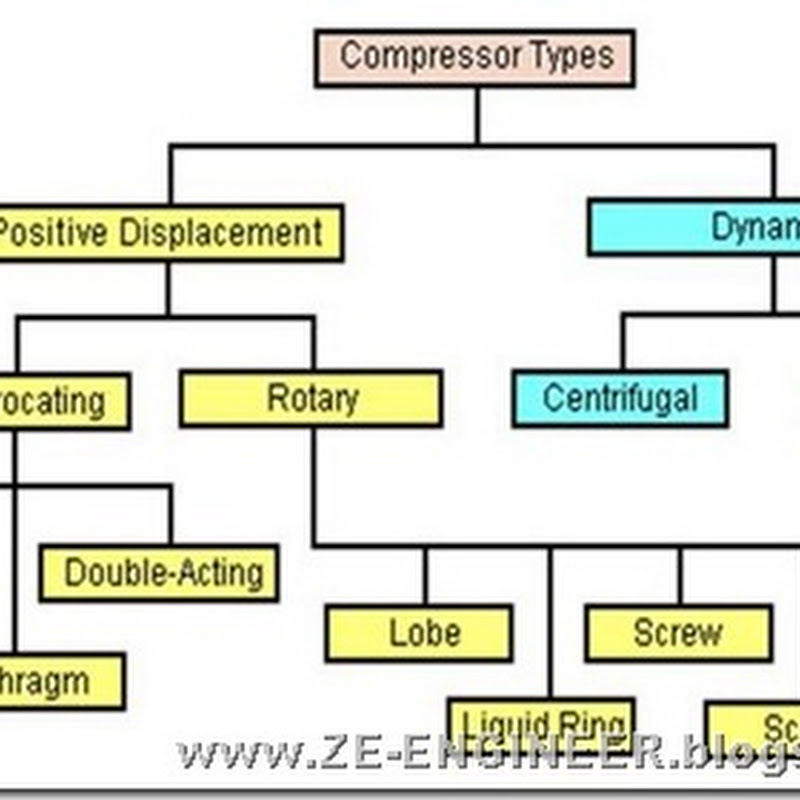


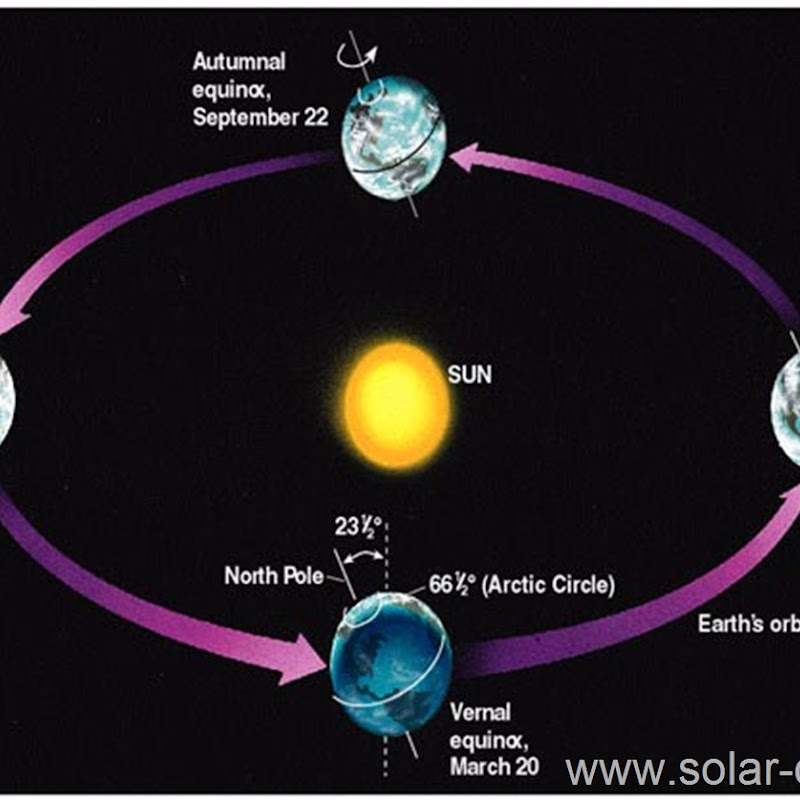
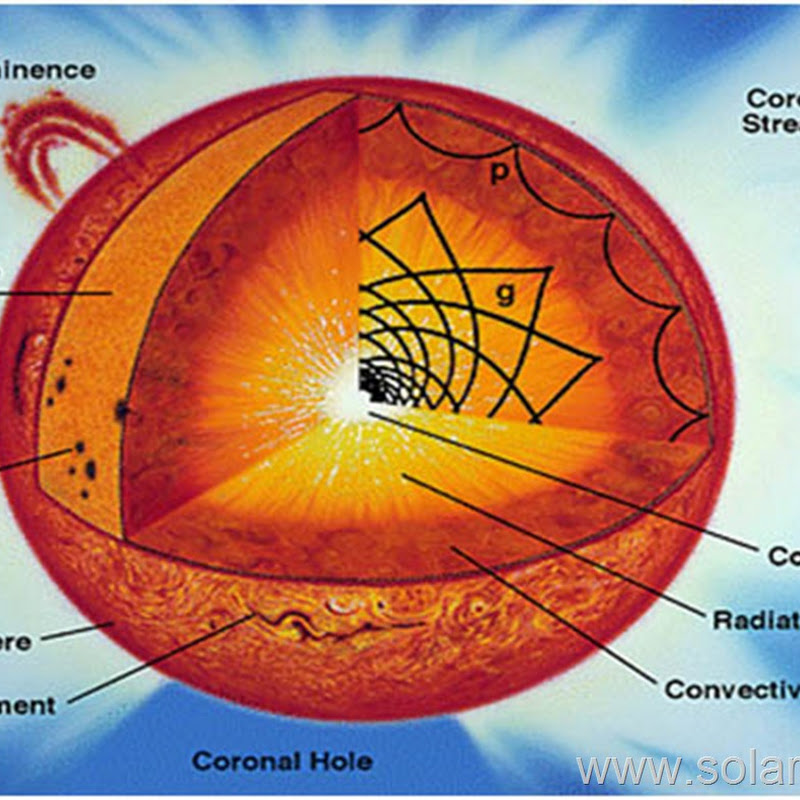
Most commercial carriers would opt for carbon fiber fittings now especially for the receiver sheets of rivets due to its more lightweight property.
ReplyDelete